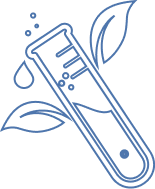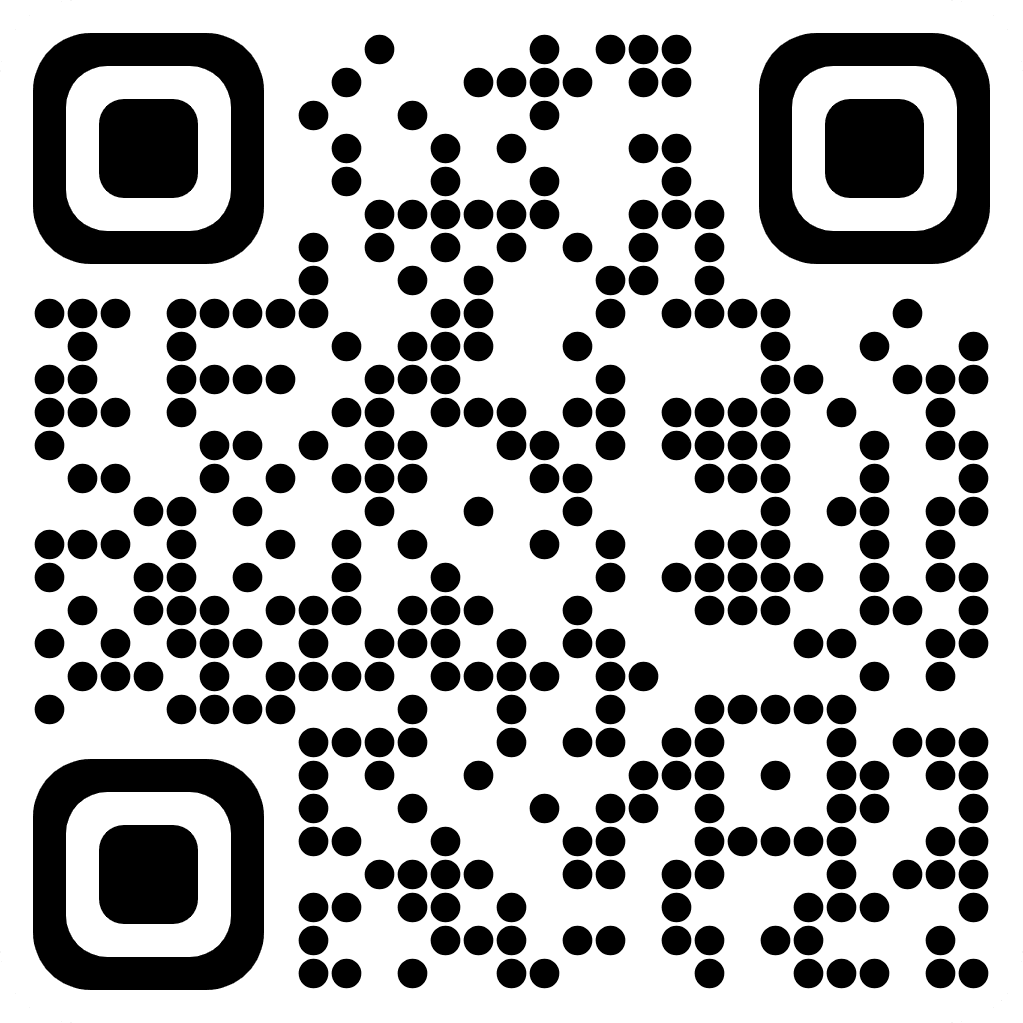
Biomechanics Homework Help | Biomechanics Assignment Help
Excel in Exams with Expert Biomechanics Homework Help Tutors.

Trusted by 1.1 M+ Happy Students
Expert Biomechanics Homework Help Available 24/7
Unlock the complexities of biomechanics with our round-the-clock homework help service. Whether you're grappling with the principles of biomechanics or need detailed explanations on specific problems, our platform connects you with qualified tutors ready to provide the answers you need.
Get Biomechanics Assistance When You Need It
Biomechanics, the study of the structure and function of biological systems using the methods of Mechanics, is a crucial subject for students in fields like kinesiology, sports science, and bioengineering. Understanding its principles and applications can be challenging, but with the right support, mastering biomechanics is within your reach.
How to Get Started
- Post Your Question: Simply submit your biomechanics homework questions on our platform. Provide as much detail as possible to ensure the most accurate assistance from our tutors.
- Receive Qualified Tutor Responses: After posting your question, you'll quickly receive responses from our pool of biomechanics experts. Our tutors are qualified and ready to offer detailed explanations and solutions, sometimes within minutes of your request.
- Engage and Learn: Collaborate directly with your tutor to clarify any doubts and deepen your understanding of biomechanics. Our interactive platform allows for a productive learning experience that goes beyond just getting the right answers.
Why Choose Our Biomechanics Homework Help?
- Access to Expert Tutors: Our tutors are not only experts in biomechanics but also possess a strong passion for teaching. They're equipped to help with all levels of coursework, from introductory biomechanics to advanced research topics.
- Available 24/7: Biomechanics questions can arise at any time, and so can our help. Our tutors are available around the clock, ensuring you get the assistance you need whenever you need it. Personalized Learning Experience: We understand that each student's learning needs are unique. Our platform facilitates a personalized learning experience, allowing tutors to tailor their teaching methods to fit your specific questions and learning style.
- Boost Your Grades: With expert guidance from our tutors, you're not just completing your homework; you're enhancing your understanding of biomechanics. This deeper insight can lead to better grades and a stronger foundation for your future studies or career.
Ready to Excel in Biomechanics?
Don't let biomechanics homework challenges slow down your academic progress. Post your question now and take the first step towards unlocking the full potential of your biomechanics coursework with our expert tutoring support.
Recently Asked Biomechanics Questions
Expert help when you need it- Q1: Problem 4.3 The uniform, horizontal beam shown in Figure 4.51is hinged to the wall at A and supported by a cable attached to the beam at C. C also represents the center of gravity of the beam.At the other end, the cable is attached to the wall so that it makes an angle = 68° with the horizontal. If the length of the beam is l = 4 m and the weight of the beam is W: 400 N, calculate the tension T in the cable and components of the reaction force on the beam at A.=See Answer
- Q2: Problem 4.4 Using two different cable-pulley arrangements shown in Figure 4.52, a block of weight Wis elevated to a certain height. For each system, determine how much force is applied o the person holding the cable.See Answer
- Q3: Problem 4.5 Consider the split Russel traction device and a me-chanical model of the leg shown in Figure 4.53. The leg is held in the position shown by two weights that are connected to the leg via two cables. The combined weight of the leg and the cast is W = 300 N. l is the horizontal distance between points A and B where the cables are attached to the leg. C is the center of grav-ty of the leg including the cast, which is located at a distance two-thirds of e as measured from A. The angle cable 2 makes with the horizontal is measured as ß = 45°. Determine the tensions T₁ and T₂ in the cables, weights W₁ andW₂, and angle a that cable 1 makes with the horizontal, so that the leg remains in equilibrium at the position shown.See Answer
- Q4:Our assignment is to discuss lower limb prostheses (specifically about amputations done below the knee). As can be seen from the literature review I attached (this file is nothing major regarding the task to do, just that prosthetics has many components so don't look at it much) prosthetics have many components. The component that I want to be discussed is the socket part. As said previously, we are mainly discussing about prosthetics that are attached below the knee (transtibial amputations). So talk about sockets in prosthetics below the knee. I attached an example a friend wrote about sockets (file named 'socket prosthetics"), so maybe this can be used as a guide. There is no need for a lot of introduction regarding sockets, maybe two sentences? But, the main idea here is to discuss about its material, how it is used and what type of sensors are incorporated in sockets (important!). Also mention since there are many types of sockets available, the main socket to discuss is 'patella tendon bearing. It is a common design used in sockets of transtibial prosthetics. Since many of the proposed sockets available for prosthetics are made of carbon fiber, for our assignment we are trying to propose a titanium-material socket. Discuss about the advantages of having the socket be made of titanium, (which has more durability, and comfort) instead of using regular other materials like carbon fiber, etc. This is also very important. This has nothing to do with the socket section, but I will attach this guide as well (foot design file), just like the socket design attachment. Since prosthetics have many components, and as can be seen from the figure, a friend did the 'bionic foot ankle component. Like the socket prosthetics file I attached, this foot design file Maybe can be used as a guide to what to focus on when talking about sockets. What main parts that should be discussed in this assignment. The main thing is about sockets, but not just any sockets, sockets in prosthetics that are below the knee (because there are sockets for thighs but this is not our task) Include - Sensors used, material (propose a titanium material, its advantage), sockets mainly patella tendon bearings how they are better etc See Answer
- Q5:Question 2. 120 pts] As the Society for Biomaterials notes: "Sutures are one of the most important medical devices that is used in surgery. In cardiovascular procedures the sutures can be used to suture tissue with tissue, or tissue with an implantable device. These are the available in various sizes (suture diameter) and polymers (absorbable and non-absorbable). Further, the sutures vary in forms, they can be either braided, monofilament, or knotless sutures." You have been asked to evaluate a new suture thread material for use in cardiovascular surgery. The material is highly biocompatible and could set a new standard for sutures, but there are concerns that it is not strong enough. Surgeons have complained that the suture thread break too easily when being pulled through tissue. You have been hired to model this form of failure and make design recommendations. A. [4pts] Draw a free body diagram that models a section of suture thread being pulled straight through a block of tissue. Assume the needle pulls on one end of the cylindrical thread with force F (N), the block of tissue has length B (such that B<L), the length of the modeled part of the thread is L, and that the tissue applies a uniformly distributed load to the thread of w (N/m) that exactly resists the needle's force, such that the thread is in static equilibrium. The thread has a radius of R and elastic modulus of E. You can also ignore the part of the thread that has not yet been pulled through the tissue. Hint: This model contains 2 sections, B. [4pts] What is the relationship between F and w. C. [4pts] What part of the thread is most likely to break due to the tensile load? For that section find the normal stress in terms of x, B, L, F, w, R, and/or E. Hint: Draw a FBD of each section. not all variables have to be used. D. [4 pts] Through empirical experiments, you discover that a thread of radius (rinitial) breaks when a tensile load of greater than 20N is applied. To be competitive with other sutures on the market, the thread must be able to handle a tensile load of at least 60N. Determine the minimum radius (new) thread that you can sell competitively. Give your answer by creating a relationship between Tinitial and new. D. [4 pts] Create an equation that models the total deformation of the suture in terms of x, B, L, F, w, R, and/or E. Not all variables have to be used.See Answer
- Q6:Question 3. 122 pts] Your team is developing a new centar implant that can be surgically implanted into the jawbone to restore a person's ability to chew. The dental implant system consists of the crown, abutment, and implant body. The implant body is a hollow tube which has an outer radius of 4 mm and inner radius of 3.5 mm. The radius of the crown and abutment can be described by the function: -0.625 2² + 4.5mm mm As a biomechanical engineer, you were asked to perform an initial analysis regarding a reactive torque throughout the implant body and possible angle of twist when the abutment is installed. You searched research articles and publicly available data and found tightening the abutment into the implant body will apply an external torque of 'T = 80 N cm to the implant body. This external torque T will cause a reactive torque on the implant body, which can be expressed by the equation of t = (kz2) N mm/mm, where z is in mm. Crown Abutment TAB== Implant Body T = 80 N-cm 2=0 Z 2 mm Jawbone N-mm mm 0000 -z² + 4.5mm B t = kz² 8 mm racy = 3.5mm BCo = 4mm (+) -0.625 TAB== 7:1771 A. [5 pts] In this scenario, determine the constant k. B. [6 pts] Determine the internal torque in each section of the implant. C. [5 pts] Determine the polar moment of inertia for each section of the implant. D. [6 pts] Set up (BUT DO NOT SOLVE) an integral to compute the total twist in the implant.See Answer
- Q7:B.. Question 4. 121 pts] You try to design a workout system for yourself for one arm preacher curl to strengthen your biceps. The system you create has three wires as shown in the figure below. Three wires are fixed to the floor. If you fix your elbow (G) to acts a pin, determine the force your biceps muscle is producing when you lift up the forearm to create a defromation of 1 cm in wire 3. Assume all the wires defrom vertically, have a diameter of 4 mm, and a Young's modulus of E-200 GPa. Assume the forearm acts as a rigid beam. Чтт meter of 4mm. 200 GPa 200x109 Pa A NAB NO Wire length: 30 cm Wire 1 -0.004 m Forearm: 40 cm B E 8 cm 8 cm D A NEF Wire 2 Wire 3 1 H 30° Nicep 90° 2 cm fo Gy Gy A. [5 pts] Draw a figure showing the forearm after deformation occurs. Then create an equation which relates the defromation in wire 3 (1 cm) to wires 1 and 2. B. [6 pts] Determine normal forces acting on wires 1, 2, and 3. C. [10 pts] Determine the bicep force and forces acting on the elbow joint. Hint: Draw a FBD of the when the forearm when its is horizontal.See Answer
- Q8: Problem 4.1 As illustrated in Figure 4.49, consider an 80 kg person preparing to dive into a pool. The diving board is rep-resented by a uniform, horizontal beam that is hinged to the ground at A and supported by a frictionless roller at D. B is a point on the board directly under the center of gravity of the person. The distance between A and B is = 6 m and the distance between A and D is d = 2 m. (Note that one-third of the board is located on the left of the roller support and two-third sis on the right. Therefore, for the sake of force analyses, one can assume that the board consists of two boards with two different weights connected at D.) If the diving board has a total weight of 1500 N, determine the reactions on the beam at A and D. See Answer
- Q9: Problem 4.2 The uniform, horizontal beam shown in Figure 4.50is hinged to the ground at A and supported by a frictionless roller at D. The distance between A and B is = 4 m and the distance between A and D is d = 3 m. A force that makes an angle B = 60° with the horizontal is applied at B. The magnitude of the applied force is P 1000 N. The total weight of the beam isW = 400 N.= By noting that three-quarters of the beam is on the left of the roller support and one-quarter is on the right, calculate the x and y components of reaction forces on the beam at A and D. See Answer
- Q10: 6. A person is performing a set of squats. The time for the upward movement and the downward movement is the same, assume that when squatting down no work is performed. h1= 0.5m (initial height of total center of mass) h2=1.6 m (final height of total center of mass) t=1.2 s (time to go from h1 to h2) n=8 (number of repetitions) trợr-19.2s (total time) m=62kg (mass of the person) m2=50kg (mass of the barbell) mechanical work performed per repetition total mechanical work average power per repetition total average power total average power per kg of body massSee Answer
- Q11:1- Write an essay on the importance of anthropometry and how anthropometric data can be used in the design of workplaces to protect the workers from work-related musculoskeletal disorders.See Answer
- Q12:Section III: Consider the picture of the diners below. You can see that the man would benefit fromleaning forward while eating. Fill-in your answers to the questions in the table that are related to the scenarioin the picture. (10 Points)For this section, consider the man in the picture (4 points):1. What motions are required at each ofthe following joints for this man to beable to lean forward? (2 points)2. Name one muscle that could bestrengthened so this segment can movein the intended direction. (2 points)Thoracic & LumbarVertebraeFor this section, consider the woman compared to the man (4 points):3. How are the woman's cervicalvertebrae moving in a different motionthan the man? In other words, what doesshe do with her neck while leaningforward to eat that the man does not?(you may want to experiment recreatingthe motions yourself) (2 points)4. What motion is different between thewoman's thoracic spine position and theman's? (2 points)Woman'sHip JointMan's/nSection II:Consider the picture of the young girl using scissors. Answer the questions in the table,associated with the joints and muscles involved in this activity. Limit your analysis to theclosing phase of scissor use rather than the opening phase. (15 points)1. Name themotion beingused. (4 points)2. Name onemusclecontributing tothe motion above(4 points)3. Name the mainnerve thatinnervates eachof your chosenmuscles (4 points)Right Wrist JointRight Finger MCPJointsRight Finger PIPJointsRight Thumb CMC& MCP JointsSee Answer
Popular Subjects for Biomechanics
You can get the best rated step-by-step problem explanations from 65000+ expert tutors by ordering TutorBin Biomechanics homework help.Get Instant Biomechanics Solutions From TutorBin App Now!
Get personalized homework help in your pocket! Enjoy your $20 reward upon registration!
TutorBin helping students around the globe
TutorBin believes that distance should never be a barrier to learning. Over 500000+ orders and 100000+ happy customers explain TutorBin has become the name that keeps learning fun in the UK, USA, Canada, Australia, Singapore, and UAE.







